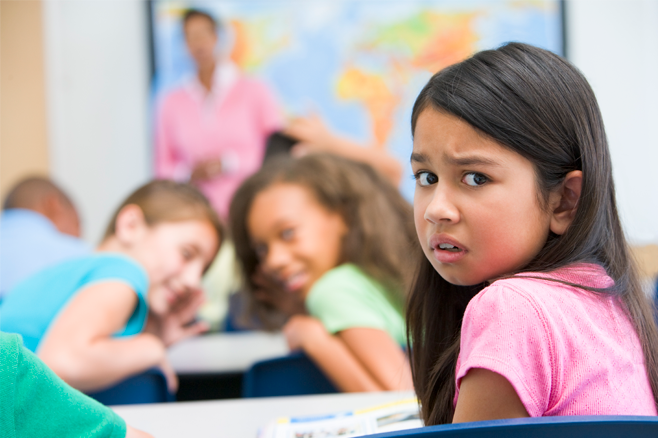In the realm of education, the adage “students don’t care how much you know until they know how much you care” holds a profound truth. As educators, our primary responsibility extends beyond the delivery of academic content; it encompasses the holistic well-being of our students. A trauma-informed approach recognizes the impact of adverse experiences on a student’s behavior and emphasizes the crucial role of positive relationships in fostering a conducive learning environment. With so many priorities fighting for our attention, it can feel overwhelming to “find the time” to foster a sense of belonging as a proactive approach to creating safe and supportive learning environments. Wondering where to start? Here a few ideas to try!
Cultivate a Safe and Inclusive Environment
Building a trauma-informed classroom starts with establishing an atmosphere where students feel safe and accepted. Recognize and validate diverse perspectives, backgrounds, and experiences. Foster a sense of belonging by incorporating inclusive practices that celebrate individuality. A safe environment is the bedrock upon which trust and connection can flourish.
Quick strategies: teambuilding brain breaks like the name game, engaging in an interest inventory, and creating a shared classroom calendar of upcoming events that are important to your students, writing a co-created classroom charter everyone agrees to of how to treat others.
Practice Active Listening
Engaging in active listening is a powerful tool for understanding and connecting with your students. Take the time to truly hear their thoughts, concerns, and experiences. By demonstrating empathy and understanding, educators send a powerful message that students’ voices are valued. This validates their emotions and builds a foundation of trust.
Quick strategies: open ended journal prompts, inviting students to sign-up for lunch with their teacher, attend extra curricular activities your students are involved in, join a student(s) at their table for lunch, and leverage student conferencing as a chance to check in with how they are doing emotionally prior to talking about academics.
Be Consistent and Predictable
Consistency provides a sense of stability that is especially crucial for students who may have experienced trauma. Establish clear expectations, routines, and consequences. Predictability helps alleviate anxiety, allowing students to focus on learning rather than navigating uncertainty. Consistency fosters a sense of safety, which is paramount for building trusting relationships and promoting positive behavioral outcomes.
Quick strategies: implement proactive classroom circles or meetings regularly, utilize restorative circles in response to solving issues that arise, elicit student feedback when creating classroom norms together, establish classroom routines and rituals that you teach, model, practice and reinforce, and focus on what students are doing well before you have to correct what needs improvement.
Model Healthy Coping Mechanisms
Educators serve as role models for their students. Demonstrating healthy coping mechanisms for stress and adversity can positively influence students’ own strategies for managing challenges. Share your own experiences and coping mechanisms, creating an environment that encourages open dialogue about emotions and self-care. This vulnerable two-way communication helps establish trust and authentic connection between all involved.
Quick strategies: model your own body map, name when you are feeling frustrated or overwhelmed and demonstrate how taking a deep breath helps you, share personal experiences of age-appropriate trials and tribulations that helped you recognize your inner strength, and find moments of joy to share with your students to highlight positive emotions as well.
Collaborate with Support Systems
Building relationships extends beyond the classroom walls. Collaborate with parents, guardians, and other support systems in a student’s life. Share insights about a student’s strengths, challenges, and progress. This collaborative effort reinforces a unified front, ensuring that the student receives consistent support both at home and in the educational setting.
Quick strategies: positive outreach to family members via phone/email/text/note highlighting what their child did well with today, inviting families into the classroom to engage in learning alongside the class, ensure diversity in classroom celebrations that represent the cultures of your students, invite students to bring artifacts from home to display or present to the class, send pictures of their child excelling at something home, and provide regular newsletters to families informing them of important information regarding the classroom learning.
Prioritizing relationships with students as a proactive approach to foster characteristics of resilience and support positive behavior is not just an educational strategy; it is a commitment to the well-being of the next generation. By embracing trauma-informed practices, educators contribute to the creation of a nurturing environment where students feel valued, understood, and empowered to thrive academically and emotionally. In these connections lie the seeds of positive behavior and a brighter future for all.





